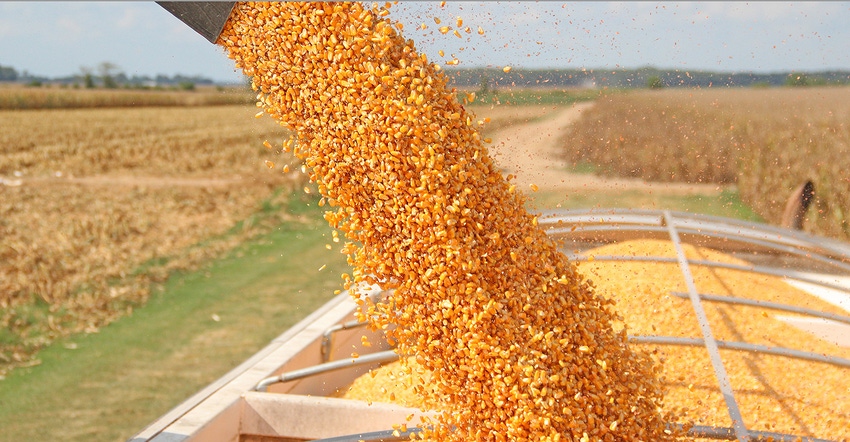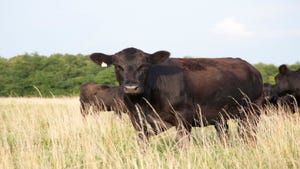
Erick Larson, corn specialist with Mississippi State University Extension, said Mississippi corn yields are a little bit off from the last couple of years, but growers are generally pleased. The saying “more rain more grain” was a false proverb this planting season.
Many areas had more than 20 inches above normal rainfall during the corn growing season, which caused several problems and limited crop potential. This season’s abundant rainfall contributed to a lot of stand failure, planting delays, and other complications that stunted corn productivity.
“Harvest was finished sometime in late September for the most part,” Larson said. “The difference between our irrigated and our dryland yields this year weren’t as much as normal because we didn’t have much drought stress since most areas of the state had exceptionally high rainfall.”
Early precipitation
With rainy conditions beginning the middle of last October coupled with a later than normal harvest in 2018, reduced preparation hampered growers for this year’s crop. Early rainfall prevented field preparation, such as implementing raised beds, that normally takes place in the fall.
“Normally, growers in the Mid-South will do most of their field preparation during the fall,” Larson said. “Farmers will have raised beds implemented and apply fertilizer when warranted on their fields. This way, they can maintain the condition over the winter by spraying the fields with a herbicide to control weed vegetation, and then start planting first thing in the spring.
“There was a lot of field preparation and planting done, starting some time close to March 20 through the middle of the first week of April,” he said. “There were a lot of corn acres, particularly in the Delta, that were prepared and planted during that time. However, the abundant rainfall starting in April, which lasted several days, caused a lot more soil saturation, seedling mortality, and stand issues that necessitated replanting.”
Larson said despite the poor start to planting season there was a lot of interest in planting corn, so farmers continued planting longer than usual.
This year, farmers planted corn throughout April and well into May.
“Our corn harvest was slightly later than normal because heat unit accumulation was a little lower during the growing season. We also had more rainfall than normal during August, which also delayed harvest and slowed drying the corn,” he said.
A look at the yields
Late August and, particularly, September, when the weather changed from being rainy to extremely hot and dry, Larson said, the crop came out of the field and was harvested in a timely fashion.
“Yields suffered in fields, areas, and soils with drainage issues, due to excessive water and soil saturation. For instance, corn yields were substantially lower in fields with clay soil, which retains water longer. The rainfall also prevented timely herbicide application, in some cases, and promoted nitrogen loss and other nutritional issues during the season,” he said.
“The yields were not really bad this year, but they are about 5 to 10 percent less than last year, statewide,” Larson said. “Irrigated yields suffered more than dryland yields, but the dryland and irrigated fields were fairly consistent because there wasn’t much drought stress.”
Last year, the state average yield was 185 bushels an acre, according to the National Agriculture Statistic Service. In 2017, the average yield was 189.
“In our hybrid program this year, we averaged 173, and last year was 183. In 2017, it was over 200 bushels an acre, even in dryland fields. I would expect that the statewide estimate for this year will be somewhere around 175 to 180 bushels per acre,” Larson said.
“All things considered, nobody is complaining too much about the yields, but they are lower than they were the last two years.”
About the Author(s)
You May Also Like




